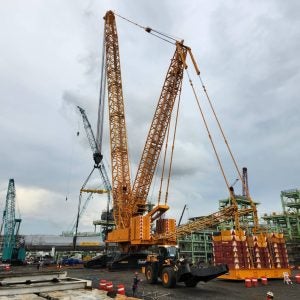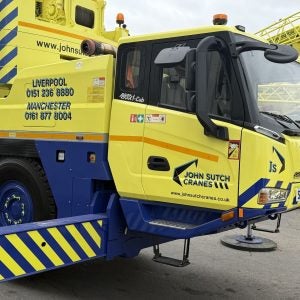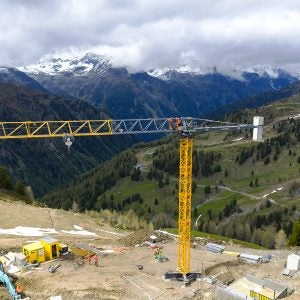This year though, change has been slower. That’s not to say nothing has happened, but we’ve certainly not suffered the slings and arrows of outrageous fortune.
Overall, growth has been slow but steady. The US and the Americas as a whole are definitely back on track, helped, as we see in our region report this month, by a growing emphasis on local energy production. China’s construction growth has slowed to a manageable rate, without dipping into recession. Europe has begun the process of healing, in some markets, while continuing to be troubled by underperformance in others: but nowhere is caught back up in a bubble, or apparently likely to immediately collapse.
At Bauma this year, we’re saw many innovations, but few radical changes with the past. Liebherr showed its tower cranes’ potential for use on windfarms, a significant new approach to these tough jobs, which Wolffkran has also been pioneering. Terex launched a new range of all terrains, emphasising its policy of focussing on returns for its customers. Manitowoc made much of its six-axle range, winning an innovation award for the GMK 6400, and seeing strong sales for its lower capacity, longer boom, sibling, the GMK 6300L.
On the regulations and standards front, there has been nothing so divisive as the requirement in EN 13000 for rated capacity limiter override keys to be placed outside the cab. The FEM and ESTA continue their admirable work on developing a best practice guide for work at height on mobile cranes, which we expect to see launched shortly. ESTA is also continuing to work on building a European mobile crane operators’ certificate, while CECE is doing the same for tower crane operators.
The biggest change, or rather delay, though has happened in the US, where OSHA has acknowledged industry concerns over its interpretation of the new cranes and derrick rule, and delayed implementation for another few years as it considers both how to address crane capacity, and whether certification is the same as qualification. Even then though, certification rates have continued steadily, as the charts in our SC&RA report this issue show.
It certainly makes my job easier when the industry changes rapidly. I suspect it doesn’t mean the same for my readers. So, with that in mind, I’ll wish you all another steady year in 2014.
Will North Editor
wnorth@cranestodaymagazine.com






